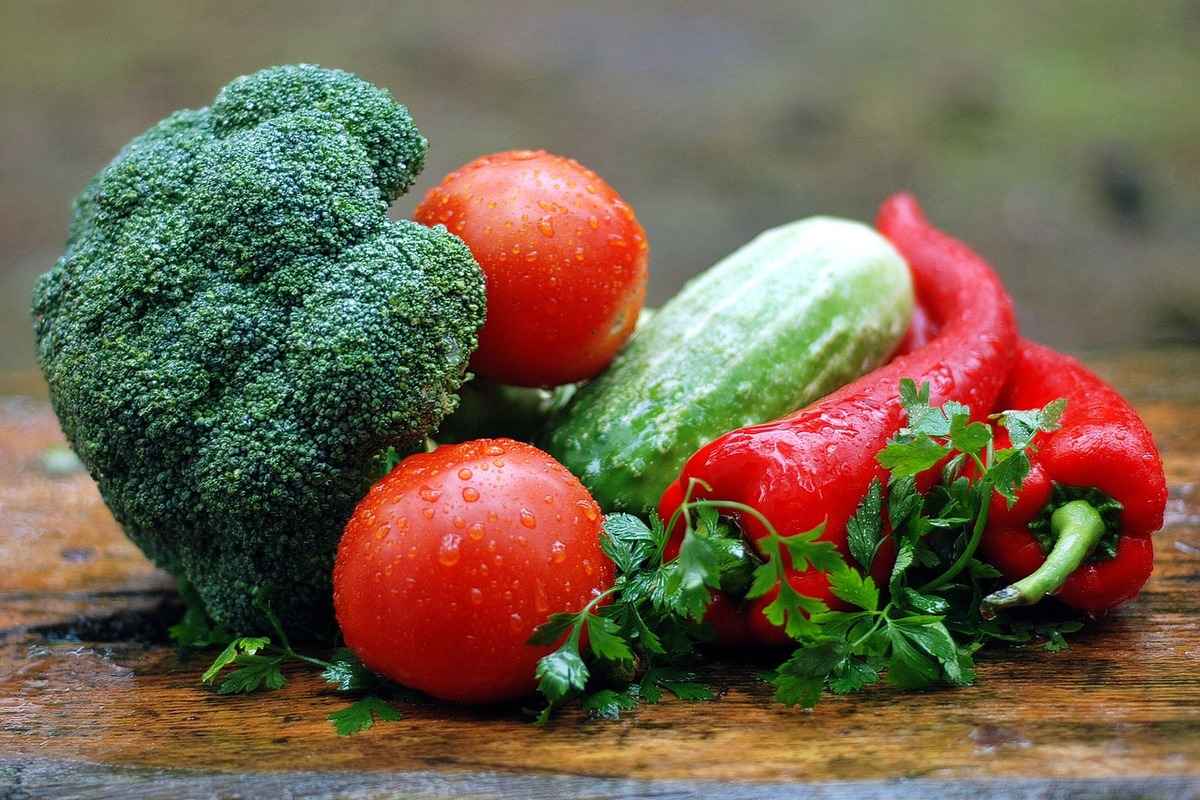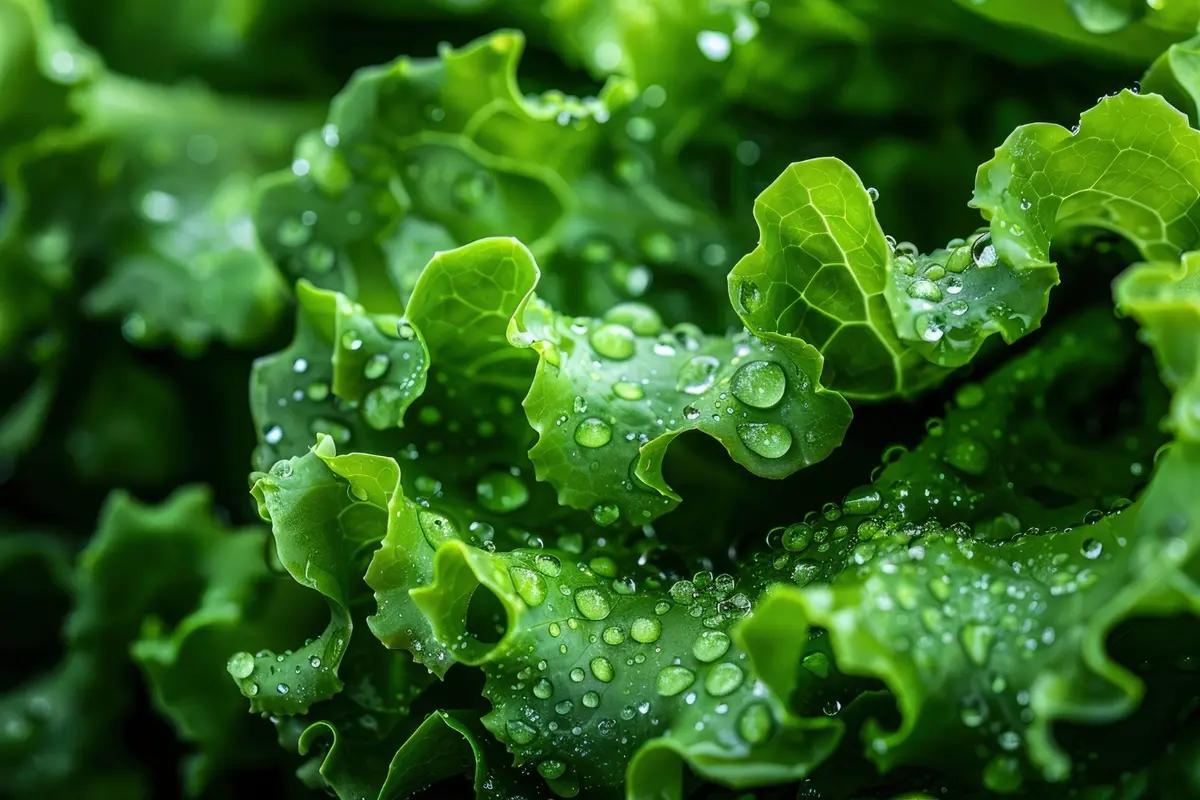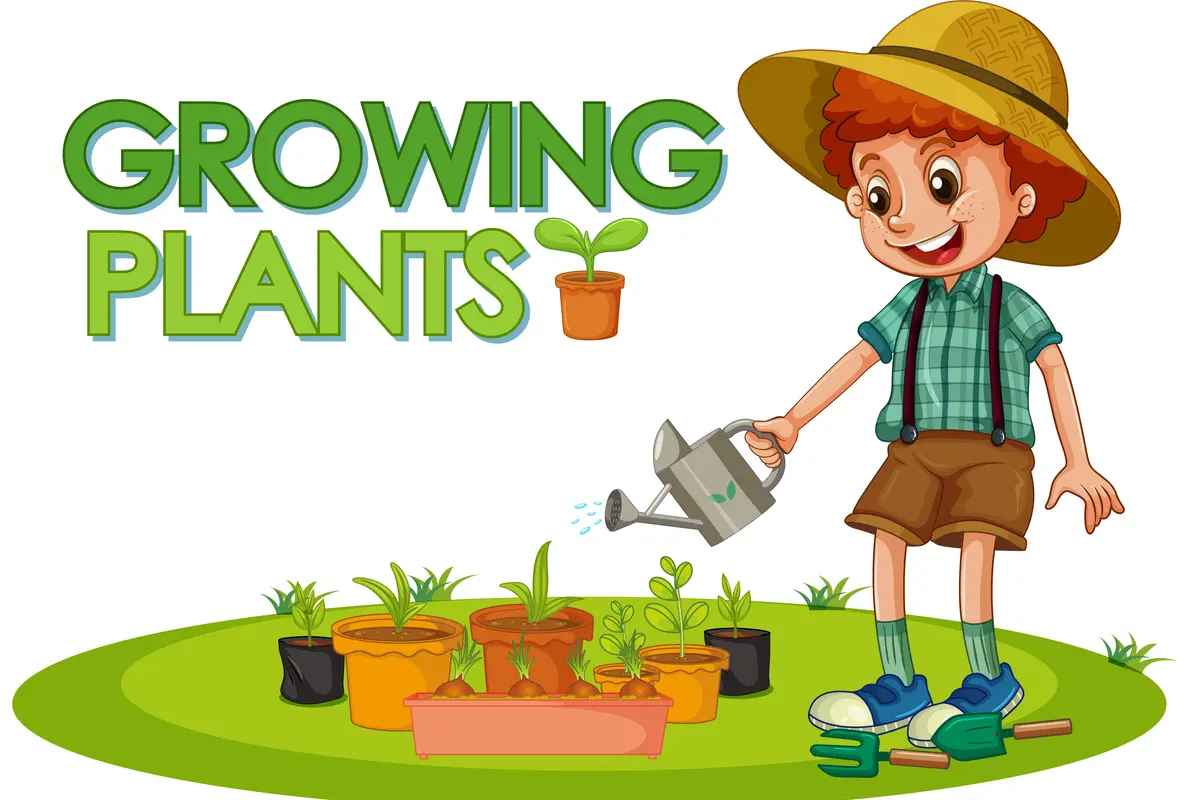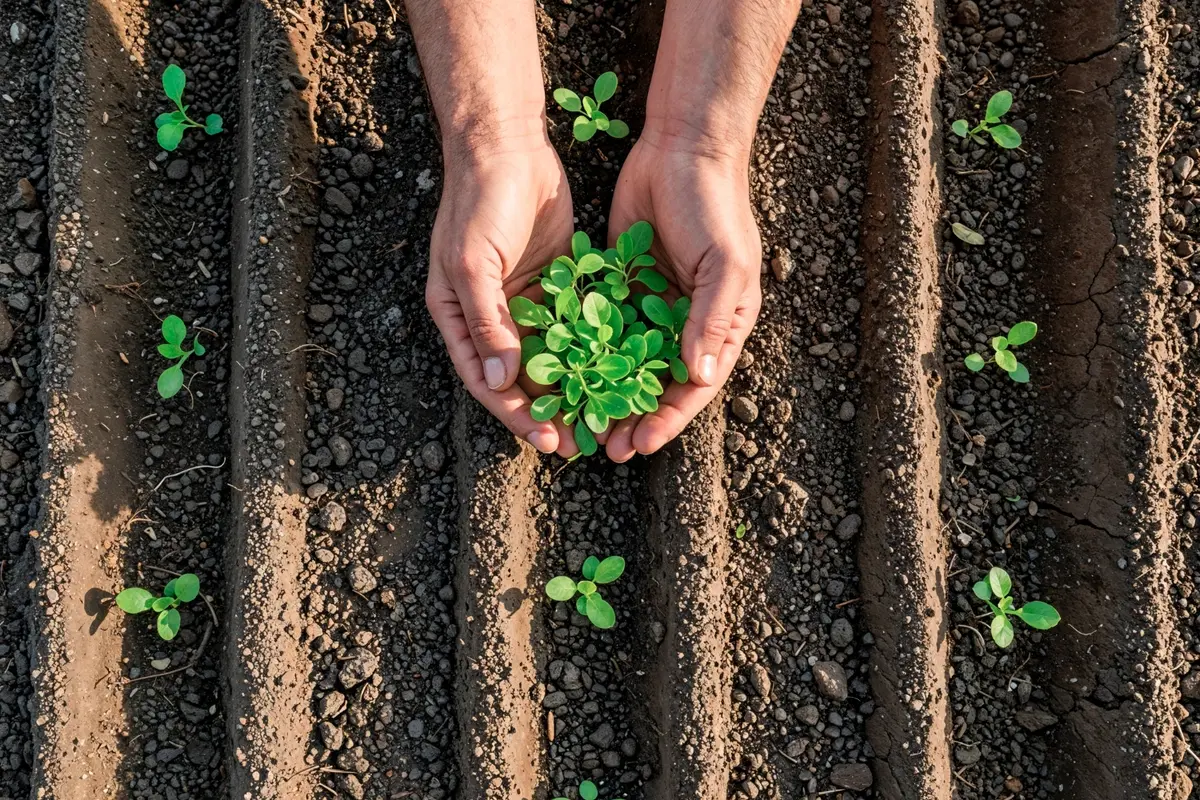As the rainy season rolls in, it’s the perfect time to plan your vegetable garden and its potential for a bountiful harvest. Growing your own vegetables ensures you get a fresh and organic supply of your favorite dish, as well as allows you to enjoy the therapeutic experience of gardening. Monsoons bring about ideal conditions for certain vegetables to thrive well, resulting in robust growth and delicious flavors. From leafy greens to vibrant root vegetables, these crops thrive in the moist conditions of the rainy season. In this article, we will explore the 10 best Rainy Season Vegetables to Grow for a Bountiful Harvest and enjoy fresh, healthy produce during the monsoon months.
Table of Contents
Rainy Season Vegetables to Grow
1. Leafy Greens: Spinach
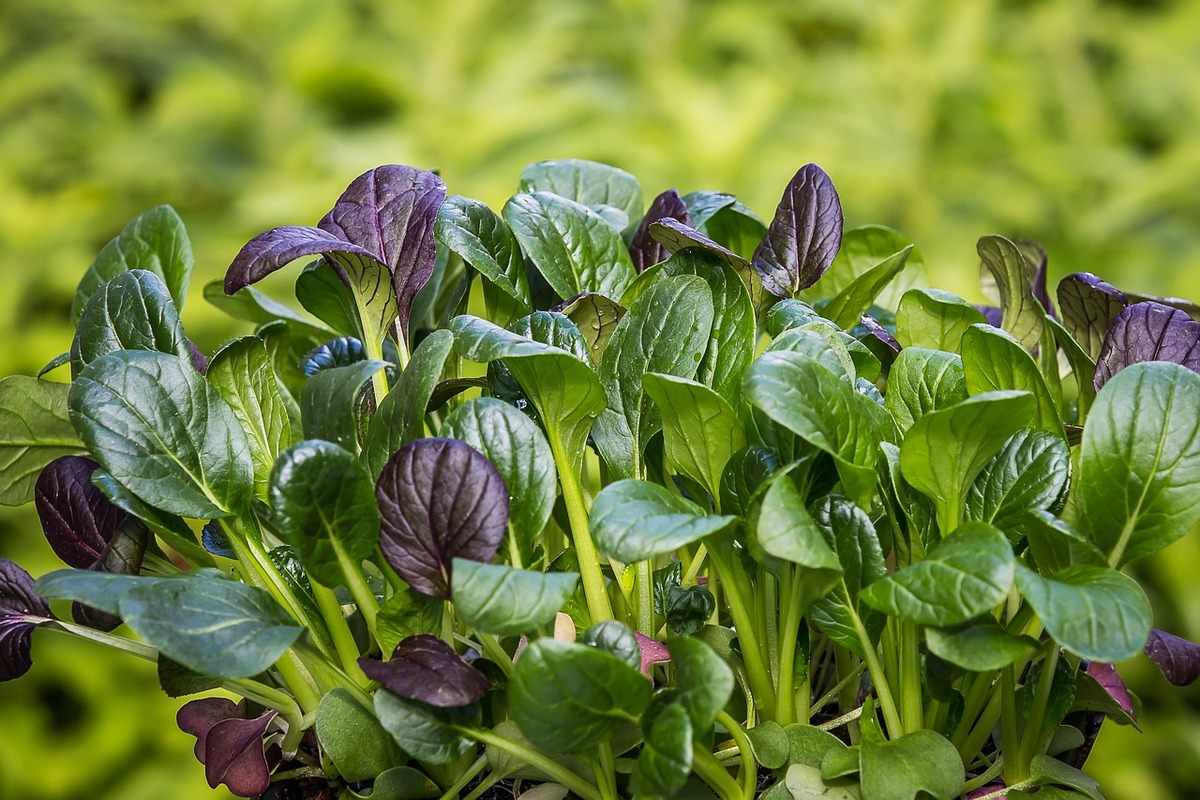
Spinach is a highly nutritious leafy green vegetable that grows well during the rainy season. Spinach is a powerhouse of nutrients as it’s rich in vitamins like A, C, and K, as well as iron and calcium. The abundance of rainfall during the monsoon provides the required moisture for optimal growth of spinach. Also, ensure that the crop receives adequate sunlight after sowing the seeds in your garden bed or containers.
2. Vibrant and Versatile: Radishes
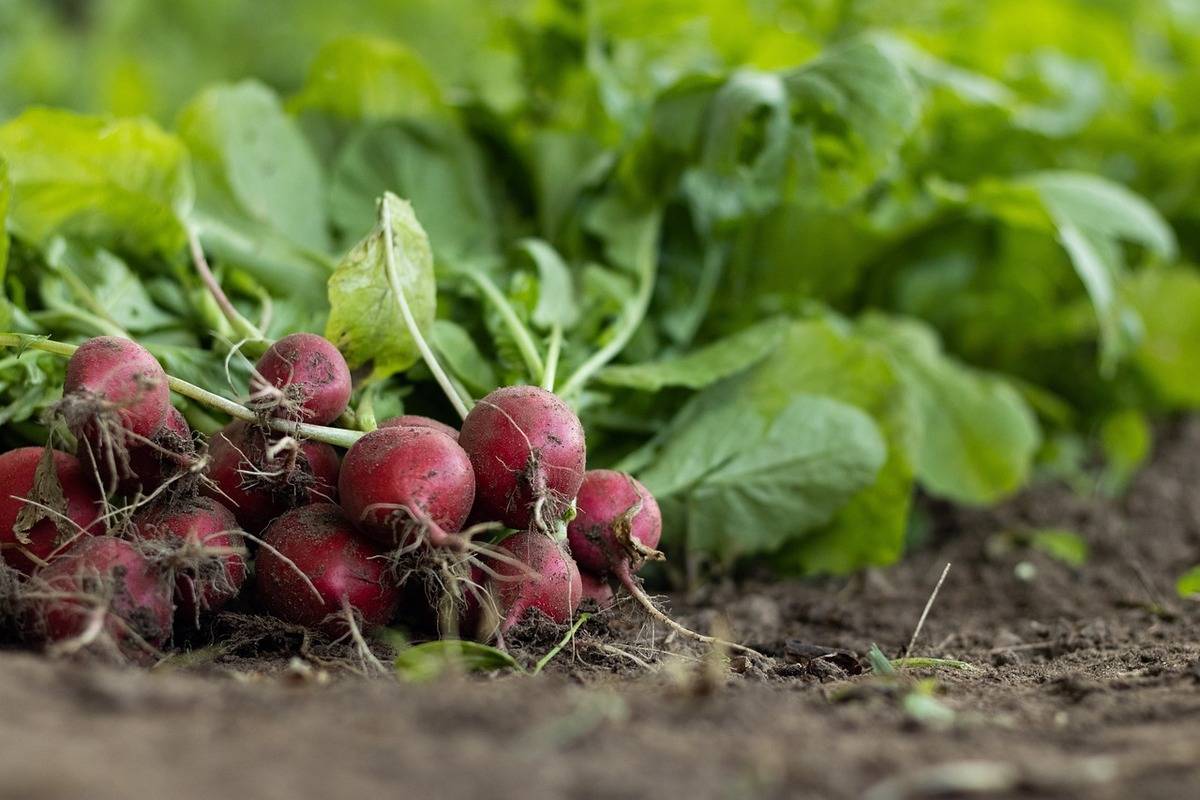
As a rainy season vegetable, radishes are well-suited due to their fast-growing nature. This colorful root vegetable comes in a variety of shapes, sizes, and colors, adding a vibrant touch to your garden and culinary dishes. They have many health benefits also as they are rich in vitamin C, folate, and potassium. You can sow radish seeds directly in your garden or containers, and they will be ready within a few weeks. The peppery flavor of radish can be enjoyed raw as well in salads, sandwiches, pickles, and various other culinary dishes.
3. Nutty and Protein-Rich: Peas
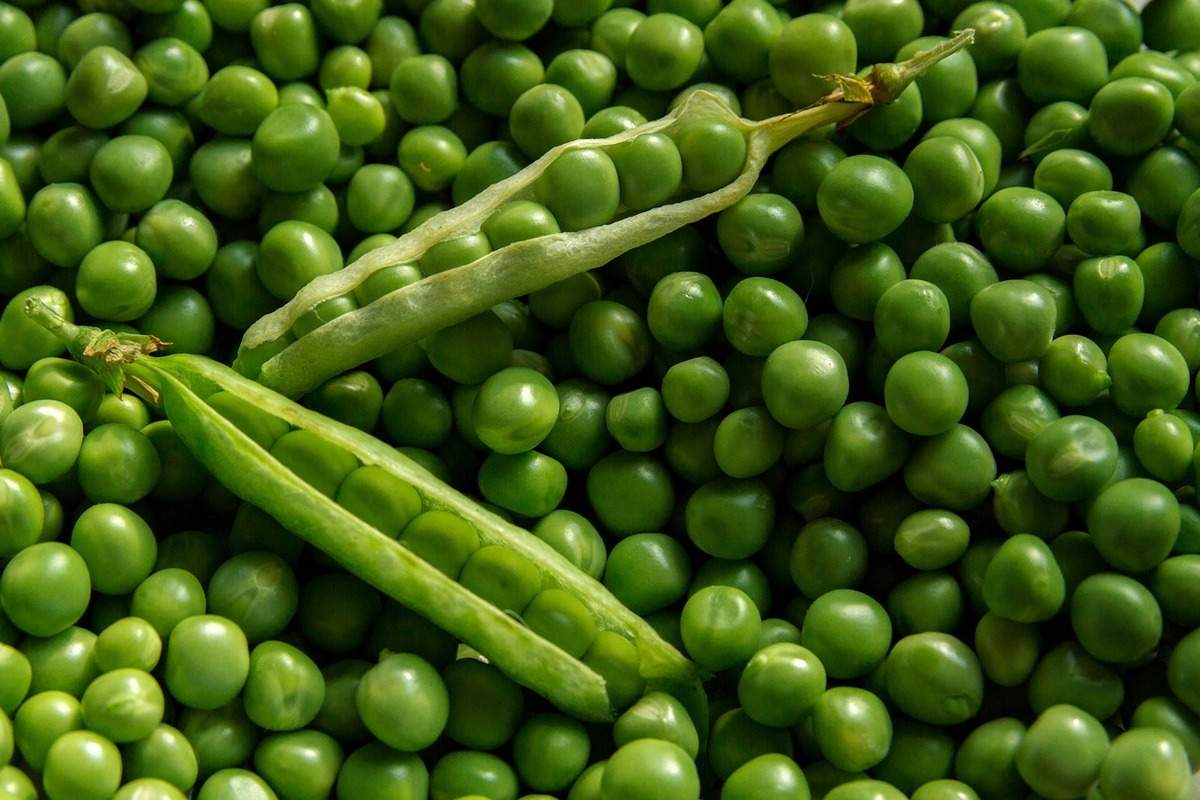
Peas are easy-to-grow legumes that you can choose to grow in your rainy-season vegetable garden. Peas are a good source of plant-based protein that also provides fiber and essential vitamins, making them a nutritious addition to your day-to-day meals. Peas thrive in well-drained, fertile soil and prefer relatively cooler temperatures for optimal growth. Freshly picked peas are delicious, and you can enjoy them raw or in salads and various side dishes.
4. Tangy and Tangible: Tomatoes
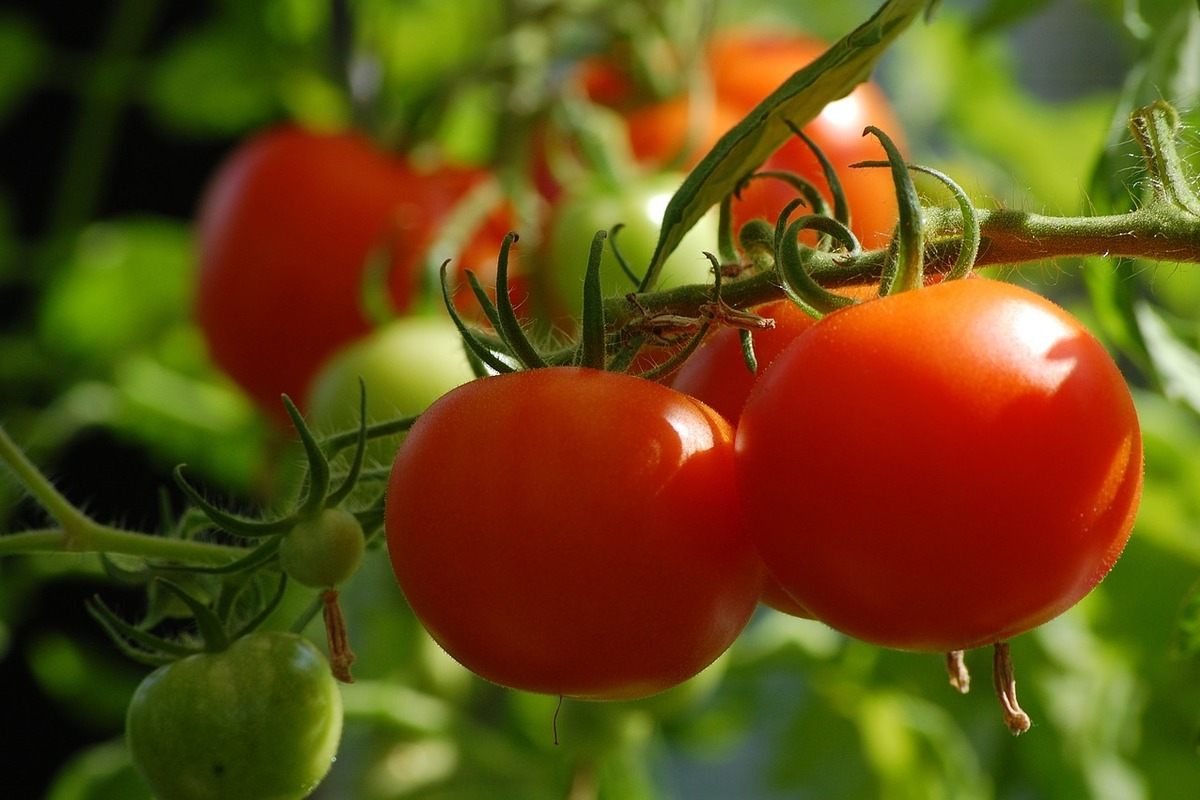
Tomatoes are a staple in many kitchens as they are widely used in cooking all over the world for their taste and versatility. The ample rainfall during monsoon ensures proper hydration of tomatoes, which are typically red in color, but depending on different varieties, they can also be orange, green, yellow, or even purple. Tomatoes are very nutritious for a balanced diet as they are rich in vitamins A and C, as well as several antioxidants and minerals. You can consume them raw in salads or cook them for the flavor and color of your different dishes. Tomato plants prefer well-drained soil that is rich in organic matter and at least 6-8 hours of direct sunlight for better growth and fruit set.
5. Aromatic and Flavorful: Garlic
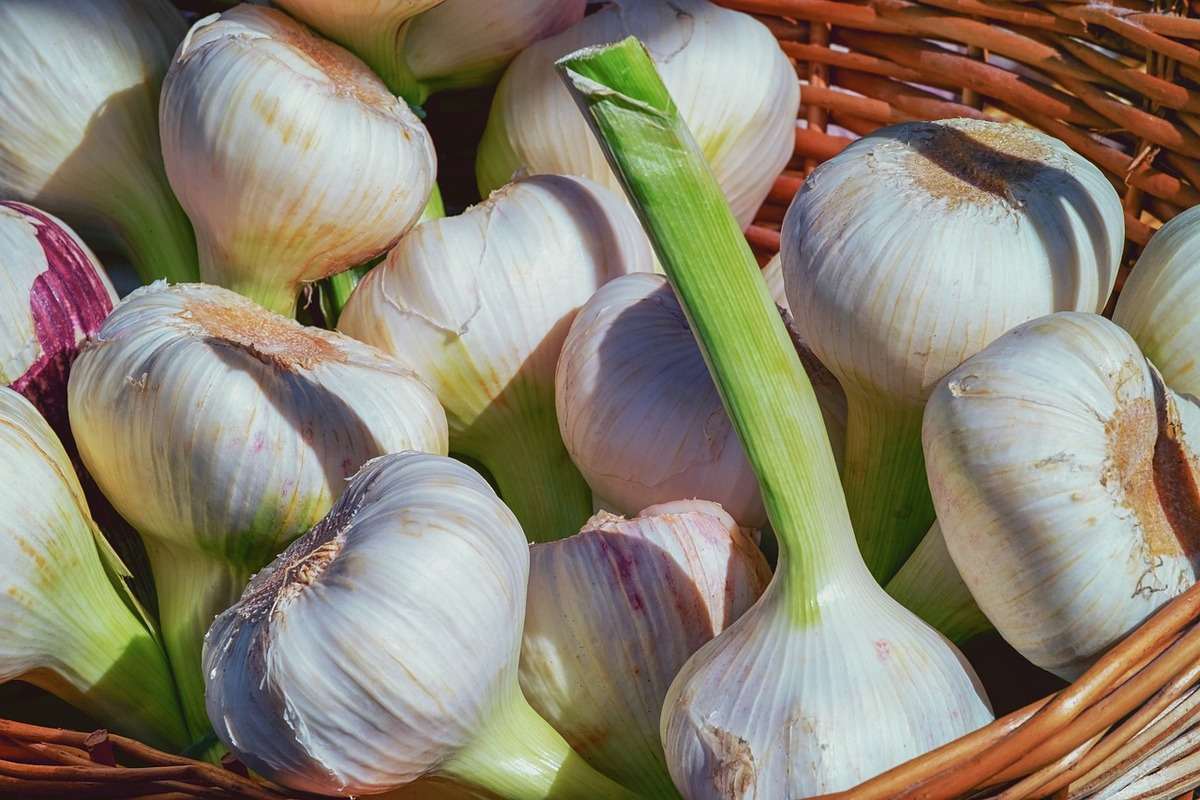
As a rainy season vegetable, garlic can be an excellent choice for its distinctive flavor and strong and intense aroma. In cooking, garlic is used worldwide to prepare a variety of dishes, sauces, or marinades to add depth and flavor. Garlic thrives in well-draining soil with good fertility. Maintain moisture in the soil throughout the growing period, but avoid over-watering, which can lead to rot.
6. Sweet and Tender: Carrots

As a monsoon vegetable, carrots can be grown successfully in moist soil. The presence of beta-carotene in carrots is very beneficial for eye health. You can enjoy them raw or use them to prepare different dishes to add a sweet and crunchy element. Well-drained loose soil is well-suited for growing carrots. During dry spells in the rainy season, regular watering is essential for optimal root development.
7. Cruciferous Delight: Broccoli

Broccoli is most suitable for cool and moist climatic conditions; that’s why monsoon provides the ideal environment for broccoli to flourish. The green florets and stalks of broccoli provide numerous health benefits as it is rich in vitamins, minerals, and fiber. Broccoli can be eaten in different ways, like steamed, roasted, or in delicious meals. Start growing broccoli in well-draining soil that is rich in organic matter for optimal growth.
8. Zesty and Aromatic: Coriander

Coriander is a popular herb, also known as cilantro or Chinese parsley, that thrives well during the rainy season. The zesty flavor of coriander leaves makes it a popular choice to add a vibrant taste to salads and to prepare different dishes. You can grow coriander very easily from both seeds and transplants. It prefers well-drained soil to thrive and at least 4 to 6 hours of direct sunlight every day for optimal growth.
9. Refreshing and Hydrating: Cucumbers
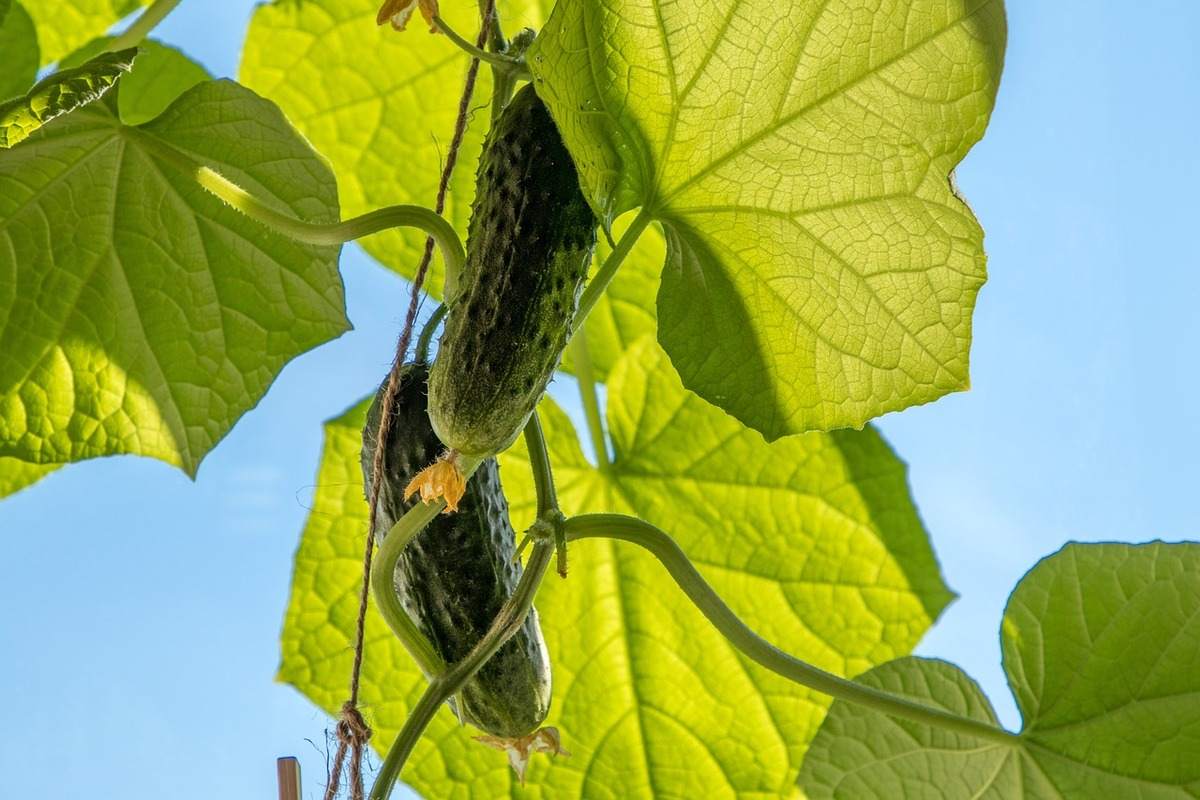
Cucumbers grow well in the rainy season, with their incredibly hydrating and refreshing nature. The crisp texture and watery flavor of cucumber make it a popular choice for preparing many dishes and are also widely enjoyed in salads, refreshing drinks, and even pickles. Well-drained, fertile soil with plenty of sunlight is ideal for growing cucumbers. Cucumbers are a must-have in your rainy season vegetable garden, where they should receive at least 6 to 8 hours of direct sunlight per day for optimal growth.
10. Earthy and Nutritious: Beets
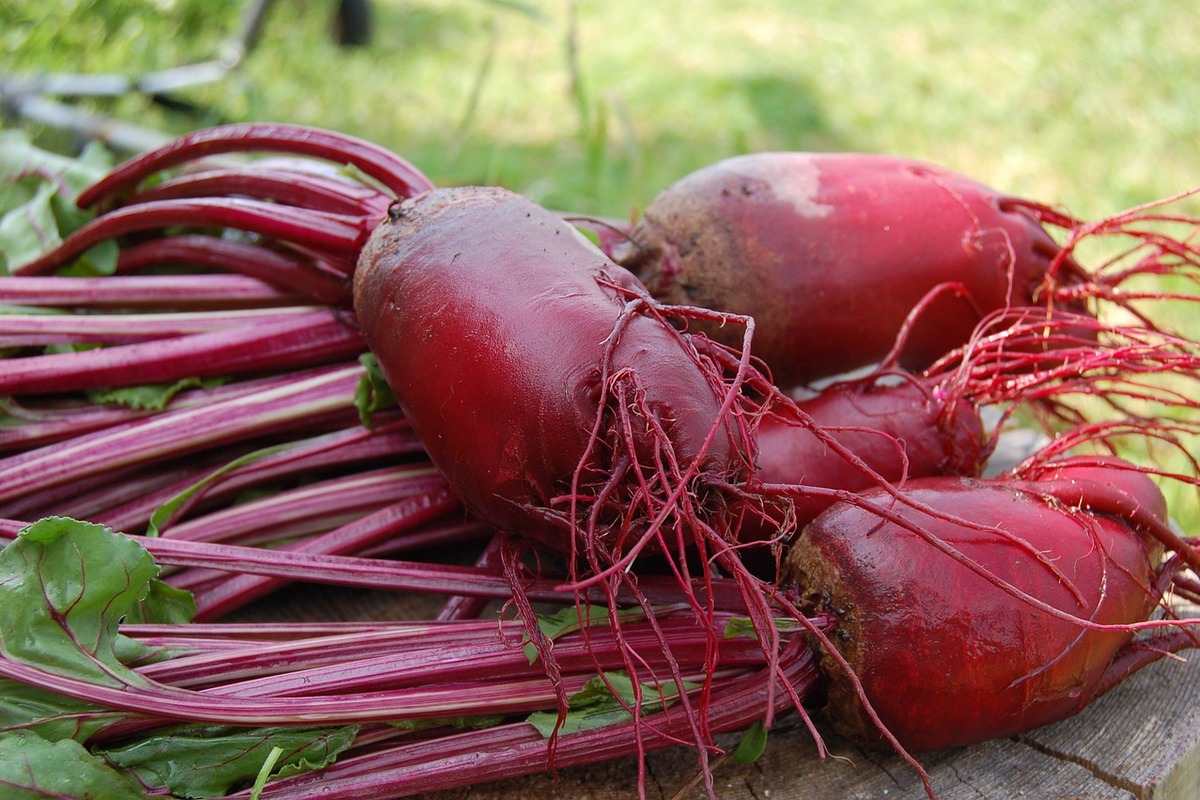
As a monsoon vegetable, beets can be a good choice to grow in your garden. They are popularly known for their reddish-purple color, although there are other varieties available that come in different colors, such as golden and white. Beets are known for their numerous health benefits as they are good sources of various antioxidants, fiber, folate, manganese, and potassium. You can consume beets both raw and cooked. For growing beets, ensure that the soil is well-drained and loose enough to allow proper root development.
How to Take Care of Vegetable Crops During the Rainy Season
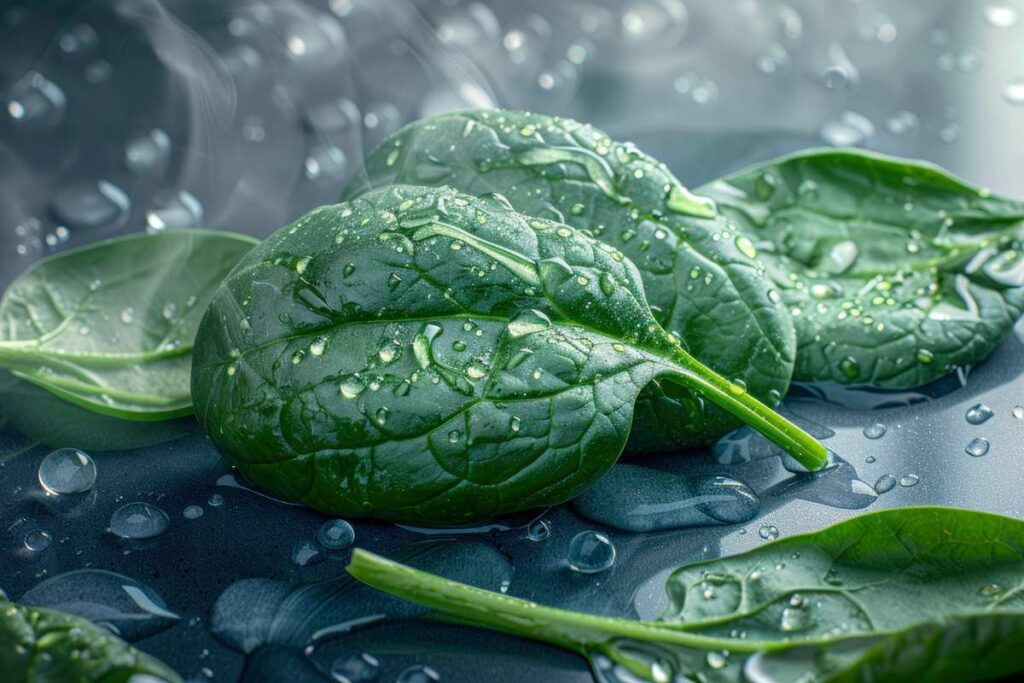
The rainy season provides different benefits for vegetable crops, such as natural watering with cooler temperatures. With different benefits, there are different challenges as well, like disease management and nutrient availability. That’s why, to ensure the better health and productivity of your vegetable crops during this period, you have to take proper care and management practices. Here I will tell you about some effective strategies to take care of vegetable crops during the rainy season.
1. Provide Adequate Drainage
Excess water accumulation in plant roots during the rainy season can lead to root rot and other diseases. That’s why, for growing rainy season vegetables, you have to ensure that proper drainage is available for the survival of your vegetable crops.
2. Control Weeds
During monsoon, weeds grow vigorously everywhere, which becomes a competitor for your vegetable crops for nutrients, water, and sunlight. You have to implement a regular and effective weed control strategy for the better growth of your vegetable crops. You can use mulch, hand weeding, or selective herbicides to manage persistent weeds.
3. Monitor for Diseases and Pests
Rainy seasons always create a suitable environment for the development of diseases and pests. Regular inspection of your vegetable crops is a must, and if any signs are noticed, promptly remove the infected plants or use recommended medicines.
4. Provide Proper Support
Some of the vegetable crops get affected by heavy rains and winds during the monsoon. Install trellises, stakes, or cages to provide proper support to your vegetable plants.
5. Adjust Watering Practices
Although the rainy season provides natural irrigation, it is essential to monitor the moisture level of the soil regularly and adjust watering practices accordingly to maintain optimal moisture levels for your vegetable crops.
6. Enhance Nutrient Availability
Excessive rainfall during monsoon can leach out the essential nutrients required for the better growth of your vegetable crops. That’s why always ensure that your crops are getting adequate nutrients by supplying fertilizers from time to time.
7. Regular Harvesting
Regular harvesting of mature crops is always preferable because leaving overripe or damaged vegetables in the garden can attract pests and diseases. Also, regular harvesting encourages continuous production and prevents overcrowding.

